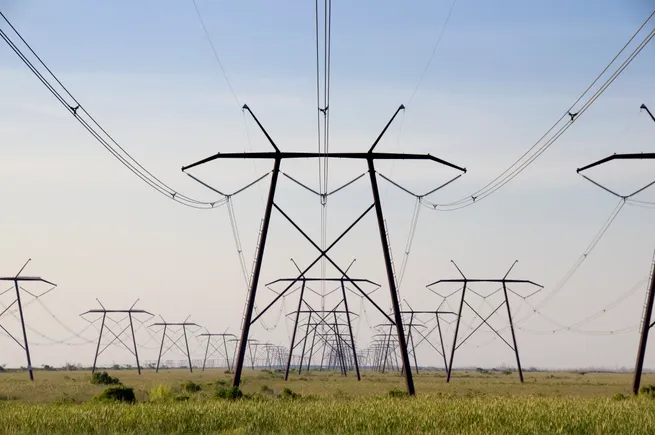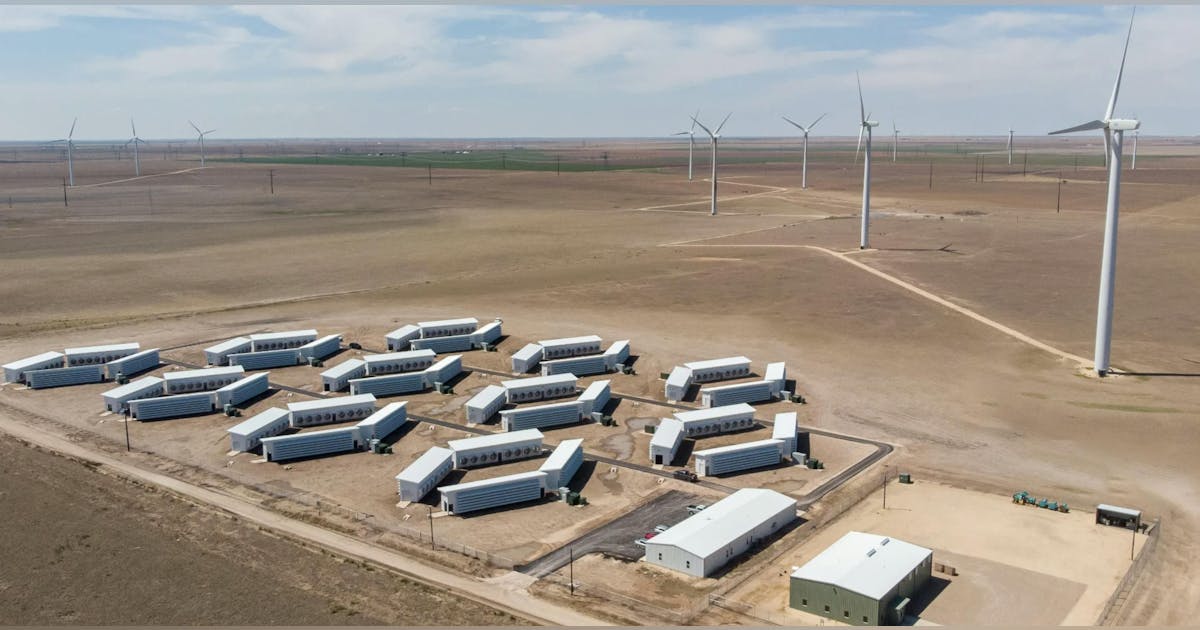
Spain and Portugal were returning to some semblance of normality early Tuesday, with many questions remaining about what caused one of Europe’s worst blackouts in years across the Iberian peninsula the previous day.
Spanish power supplies were back to nearly 100% capacity at around 7 a.m. in Madrid, and urban trains were slowly returning to regular service, according to operators.
Portugal said power has been restored for all users, and grid operator REN said the network is “perfectly stabilized.” Service had already returned to homes across large parts of greater Lisbon by Monday night.
As the search for answers continues, Spanish Prime Minister Pedro Sanchez is due to hold a weekly cabinet meeting later on Tuesday, and King Felipe will join a meeting of the country’s national security council.
In a speech late Monday, Sanchez said the government isn’t ruling anything out after the nation was left reeling by the sudden outage, which caused massive disruption to public transport, phone services and airports.
About 15 gigawatts of power had vanished from the power grid in a few seconds right before the blackout at around 12:35 p.m., Sanchez said — equal to about 60% of national demand.
Spain’s power grid is typically robust and blackouts are a rarity. Red Electrica, the government-backed operator of electricity transmission lines, said Monday’s incident was likely caused by a rare imbalance in power frequencies.
At that moment, Portugal was importing electricity from Spain, according to Joao Conceicao, a board member at the nation’s grid operator.
In central Madrid, road traffic was flowing normally again early Tuesday, with stop lights operating again and commuters heading to work. On Monday evening, the streets had been crowded with people following train and subway shutdowns.
A collapse on this scale is highly unusual in Europe and exposes the fragility of its power grid at a time of increasing reliance on renewable energy, which is more unstable than traditional sources.
Spain, which has been a leader in the rollout of solar and wind, may face questions over its decision to decommission nuclear plants, which currently contribute 20% of its power mix.
The country is also set to close its last coal-fueled thermoelectric unit this year in favor of renewable energy, backed up by gas plants.
The power failure could inflict an immediate hit on Spain of about 0.5% of quarterly gross domestic product, according to Ana Andrade, an economist for Bloomberg Economics. Some of that would likely be made up in coming days and weeks as energy supply is restored.
“The big picture for Spain remains one of economic outperformance, with strong underlying growth momentum and limited direct exposure to US demand as the trade war continues,” she said in a note.
The Spanish stock market opened Tuesday in line with the rest of European peers. Trading operated without disruptions on Monday.
Monday’s outage is reminiscent of a massive power blackout that swept several European countries in July 2021, leaving millions without electricity for hours. Authorities cited a combination of factors then as possible causes, including extreme weather conditions and technical failures.
Railways were among the most affected Monday in Spain, with state security personnel deployed to assist some 35,000 passengers trapped in more than 100 trains, Sanchez said.
WHAT DO YOU THINK?
Generated by readers, the comments included herein do not reflect the views and opinions of Rigzone. All comments are subject to editorial review. Off-topic, inappropriate or insulting comments will be removed.
MORE FROM THIS AUTHOR
Bloomberg























